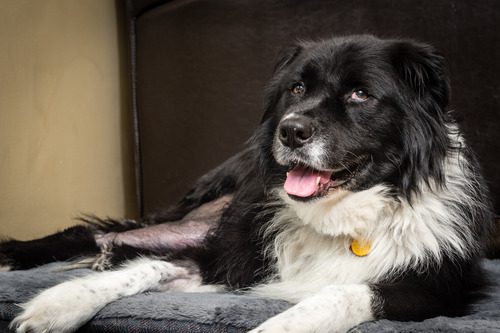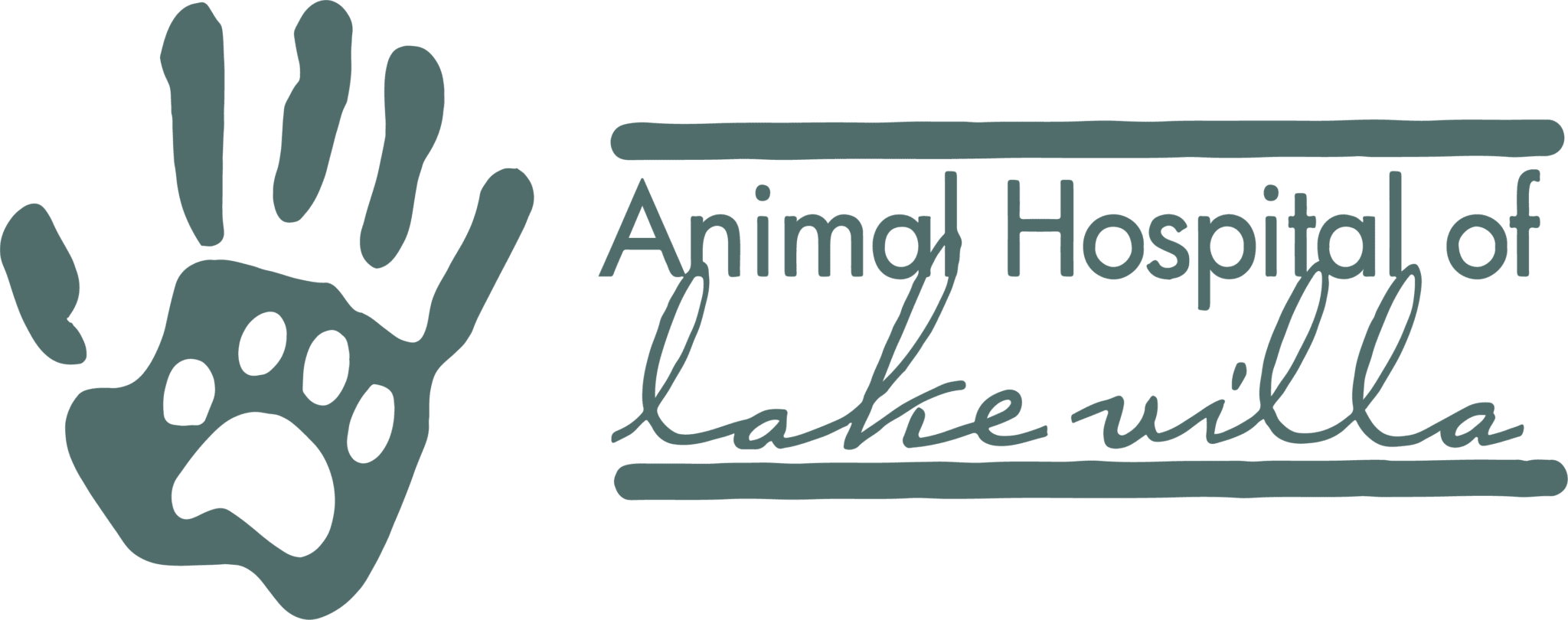Sit, Stay, Heal: A Vet-Approved Guide to Dog ACL Surgery Recovery
When your dog tears their ACL, it can feel overwhelming. From the moment you hear the diagnosis to the day of surgery and beyond, you’re focused on helping them walk comfortably again. Recovery for dog ACL surgery takes time, structure, and plenty of patience, but understanding what to expect each step of the way makes a big difference. This blog will walk you through what happens after surgery, how recovery progresses, and how you can support your dog’s healing process—from post-op rest to reintroducing activity. If your dog is scheduled for ACL surgery or already recovering, our team at Animal Hospital of Lake Villa in Lake Villa, IL is here to support both of you. Call us at (847) 356-8387 to schedule a follow-up visit or ask questions about recovery for dog ACL surgery.

What to Expect Right After Surgery
Most dogs need 8–12 weeks to recover from ACL surgery, though full healing may take several months. The early days are critical for setting the tone for the rest of recovery. Your veterinarian will give specific instructions, but here’s what usually happens during the first two weeks.
Post-operative care includes pain management, antibiotics if needed, and restricted movement. Your dog may come home with a cone to prevent licking the incision. Swelling, bruising, and mild discomfort are common, but these symptoms should improve daily. If your dog seems excessively painful or their incision looks unusual, contact your vet right away.
Creating a Calm Recovery Space
During the first two weeks, your dog should stay in a small, quiet area of your home. This limits their movement and reduces the risk of injury. Consider a gated-off area or a playpen with soft bedding. Avoid stairs, slippery floors, and places where your dog might try to jump. Crating can also be useful, especially if your dog is crate-trained.
Short leash walks for bathroom breaks are allowed, but avoid letting your dog roam freely. Carry them up and down stairs if needed, and keep other pets and children from encouraging play. Recovery for dog ACL surgery during this stage depends heavily on rest and controlled movement.
Building Strength: The Middle Weeks of Recovery
Weeks three through six usually mark the beginning of structured rehabilitation. At this point, the initial inflammation has gone down, and your vet may clear your dog for light activity. This is when gradual strengthening begins.
Controlled leash walks increase slightly in duration, and you may be directed to do simple rehab exercises at home, such as slow walks on flat surfaces or gentle weight-shifting activities. It’s important to stick to the schedule your veterinarian outlines, as pushing too hard can set recovery back.
Veterinary Rechecks and Progress Monitoring
During these middle weeks, your vet may recommend recheck appointments to assess your dog’s healing. X-rays or physical exams help track bone healing and joint stability. If your dog is not recovering as expected, adjustments can be made. Recovery for dog ACL surgery often involves physical therapy, which may be offered through your veterinary clinic or a local rehab specialist. These services can include underwater treadmill sessions, laser therapy, or therapeutic massage—all designed to promote healing and increase mobility.
Mobility Milestones and Reintroducing Activity
By weeks seven to ten, many dogs begin returning to more normal activity levels. Controlled exercise is still a priority, but you’ll notice significant improvements in your dog’s gait and energy. Recovery for dog ACL surgery becomes more focused on regaining full range of motion and strength. Your dog’s daily walks may get longer and include varied terrain to challenge their muscles. Supervised play may resume in small amounts, but running, jumping, or roughhousing should still be avoided. Your veterinarian will let you know when it’s safe to return to these more intense activities.
Long-Term Mobility Goals
Full recovery for dog ACL surgery often extends beyond the 12-week mark. While most dogs are walking well by this point, rebuilding full muscle mass and joint function can take up to six months. Your dog’s comfort level and strength will continue to improve with consistent exercise, joint support, and possibly continued rehab. Maintaining a healthy weight, feeding a high-quality diet, and staying consistent with follow-up visits all contribute to long-term joint health. Dogs with a repaired ACL are also at higher risk of tearing the other ligament, so ongoing management is important.
Managing Expectations Throughout Recovery
Every dog recovers at their own pace. Some breeze through the process with minimal complications, while others require a little more time and support. Set realistic goals and focus on steady progress rather than perfection. Recovery for dog ACL surgery isn’t linear—some days your dog may move better than others. The key is consistency. Sticking to your vet’s instructions, attending recheck appointments, and creating a safe home environment all help set the stage for success.
When to Call the Vet
Stay in close contact with your veterinary team throughout the recovery process. Call Animal Hospital of Lake Villa at (847) 356-8387 if you notice:
- Swelling or discharge at the incision site
- Loss of appetite
- Reluctance to bear weight after the first few days
- Lethargy or discomfort that worsens instead of improves
These signs may indicate an issue with healing and should be addressed promptly. Your veterinary team is your best resource when it comes to tracking recovery for dog ACL surgery.
Supporting Long-Term Joint Health
Once your dog completes their recovery, your focus shifts to maintenance. Preventing re-injury and protecting joint health go hand-in-hand. Long-term care strategies include:
- Weight management
- Joint supplements
- Low-impact exercise
- Routine wellness visits
Consider keeping your dog active with daily walks, swimming, or other low-strain activities. Regular physical activity helps keep their muscles strong and joints stable. If your veterinarian recommends a joint supplement, stay consistent with dosing. Dogs who undergo ACL surgery are more likely to develop arthritis later on. Ongoing joint care can reduce inflammation and support mobility as your dog ages. If you have questions about long-term support or preventive care, our team is here to help.
Get Support for Every Step of the Journey
ACL injuries can feel like a setback, but recovery for dog ACL surgery gives your pet a real chance at walking—and running—comfortably again. With time, structure, and professional veterinary care, most dogs return to a happy, active lifestyle. If your dog is recovering from surgery or showing signs of a leg injury, give Animal Hospital of Lake Villa a call at (847) 356-8387. We’re here to help your dog regain strength, mobility, and confidence—step by step.
About Us
Animal Hospital of Lake Villa has provided compassionate, personalized pet care since 1993. Our Fear Free-certified, AAHA-accredited team helps every pet, even the nervous ones, feel safe and at ease.
